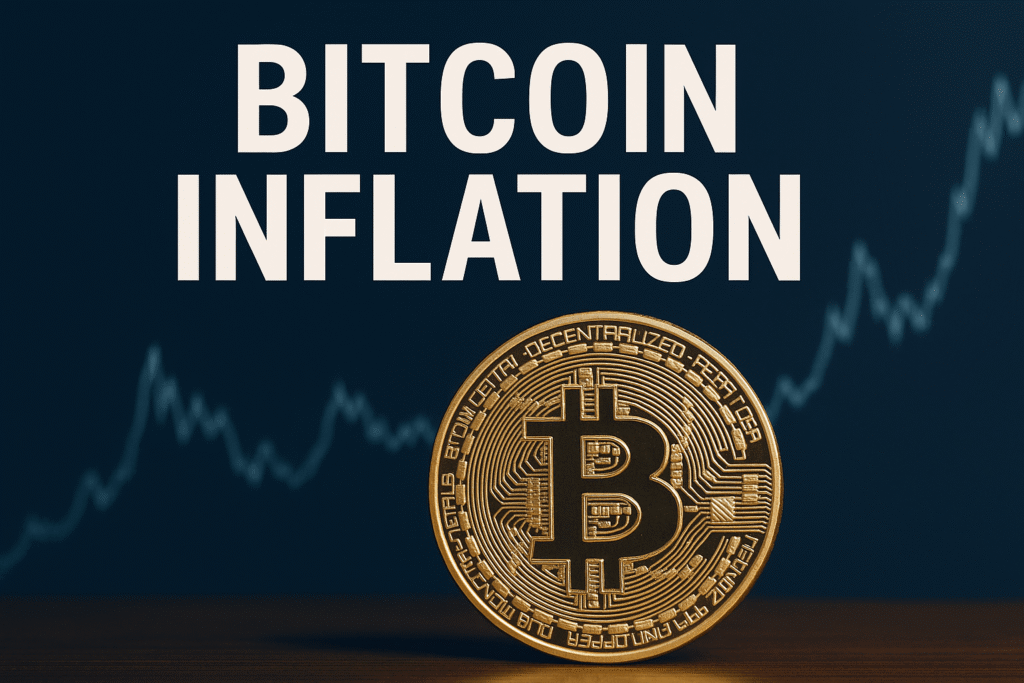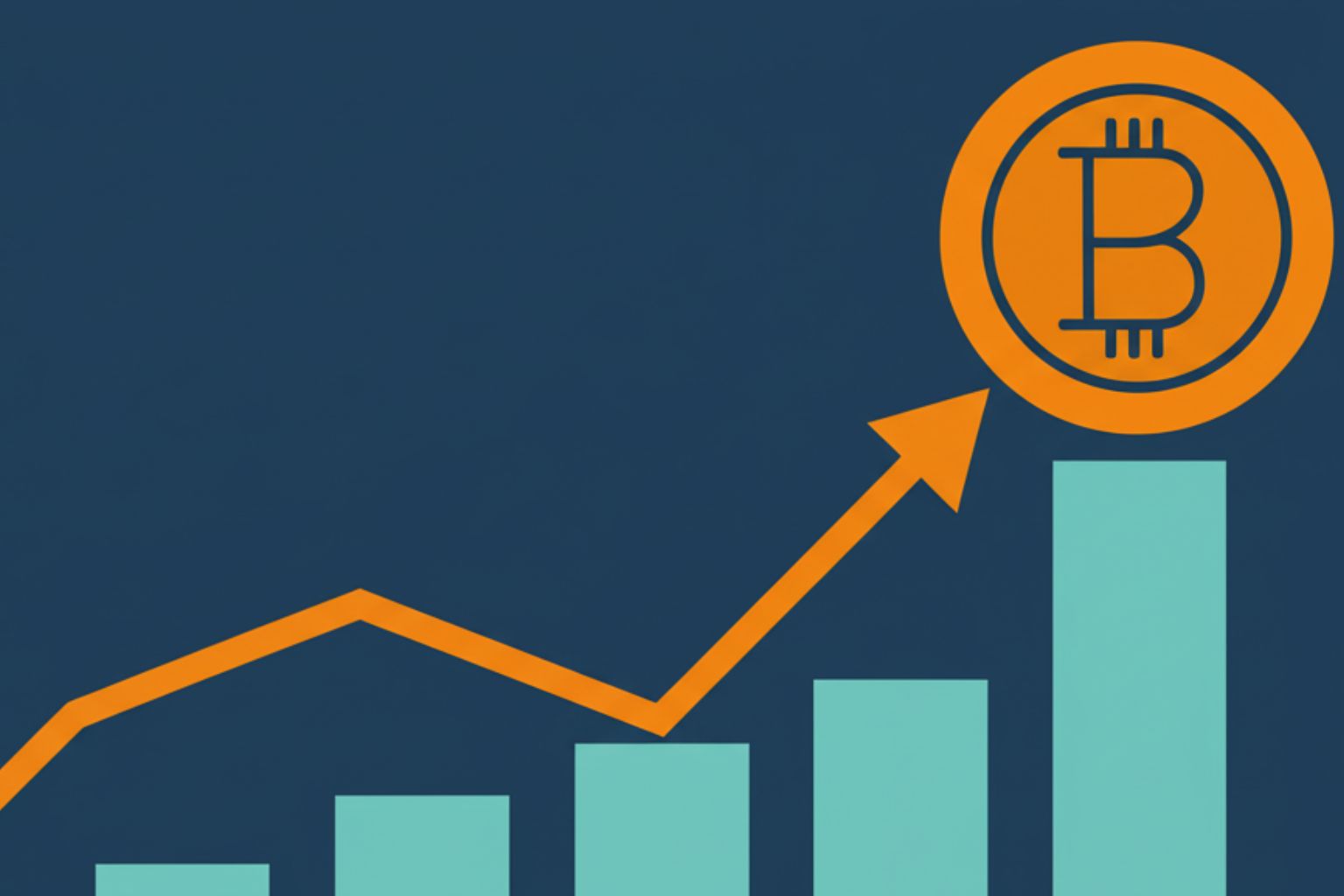Bitcoin inflation has become the talk of both Wall Street and the crypto community as fresh U.S. inflation data fuels expectations for a Federal Reserve rate cut. With price pressures cooling faster than analysts expected, investors are re-evaluating risk assets and BTC price today shows that crypto is leading the charge.
Inflation Cooldown Lights a Fire Under Bitcoin

For months, the debate around bitcoin inflation has revolved around whether the flagship cryptocurrency can truly act as a crypto inflation hedge in times of economic uncertainty. The latest U.S. Consumer Price Index (CPI) report gave bulls more ammunition: inflation slowed to 2.6% in July, down from 2.9% in June, the lowest level since early 2023.
The market’s reaction was swift. BTC price today climbed toward $67,800, just shy of the $68,500 high hit last week. Ethereum and other altcoins joined the rally, pushing the cryptocurrency market news cycle into overdrive.
Lower inflation means the Federal Reserve might finally ease off its aggressive tightening campaign. A Fed interest rate cut could inject fresh liquidity into markets, creating an ideal environment for risk assets like Bitcoin to thrive.
Rate Cuts Could Fuel a Historic Bitcoin Rally
The Fed has kept its benchmark rate between 5.25%–5.50% for almost a year the highest in over two decades to rein in rising prices. But with inflation sliding toward the Fed’s 2% target, markets now assign a 70% probability of a September rate cut, according to the CME FedWatch Tool.
If that happens, we could see a Bitcoin rally 2025 that rivals the explosive growth of late 2020 and early 2021. Lower rates tend to weaken the U.S. dollar and boost demand for alternative assets. Historically, bitcoin inflation narratives gain momentum in these liquidity-rich environments.
Michael Thompson, senior strategist at Apex Digital, summed it up:
“Rate cuts could trigger a powerful surge in Bitcoin. When borrowing costs drop, risk appetite rises and Bitcoin is often the first to benefit.”
In fact, some analysts’ Bitcoin price prediction models now point to a possible break above the psychological $70,000 mark before year-end, provided macro conditions hold steady.
Why Bitcoin Inflation Matters to Investors

For traditional investors, inflation eats away at purchasing power. For Bitcoin enthusiasts, bitcoin inflation represents a unique phenomenon: a digital asset whose supply is fixed and immune to central bank manipulation. This scarcity is precisely why many see Bitcoin as the ultimate crypto inflation hedge.
In times of high inflation, investors frequently turn to hard assets like gold. But in the digital era, Bitcoin is increasingly sharing that safe-haven status. Conversely, when inflation cools and liquidity returns, Bitcoin often benefits from an entirely different dynamic speculative inflows seeking higher returns.
That’s the dual advantage of bitcoin inflation cycles: it can thrive in both fear-driven and optimism-driven markets.
Short-Term Volatility, Long-Term Potential
Traders must keep in mind that Bitcoin is still a volatile asset despite the optimism. Regulatory shifts, sudden macroeconomic changes, or even geopolitical tensions can disrupt momentum. A surprise rebound in inflation could also delay or even reverse the expected Fed interest rate cut, hitting crypto markets hard.
However, with inflation data trending lower and the Fed likely preparing to pivot, the conditions for a strong second half of the year are aligning. If the Bitcoin rally 2025 scenario plays out, it could be one of the most significant bull runs since the asset’s inception.
For long-term holders, the current setup aligns with many bullish Bitcoin price prediction models that assume both monetary easing and increased institutional adoption.







